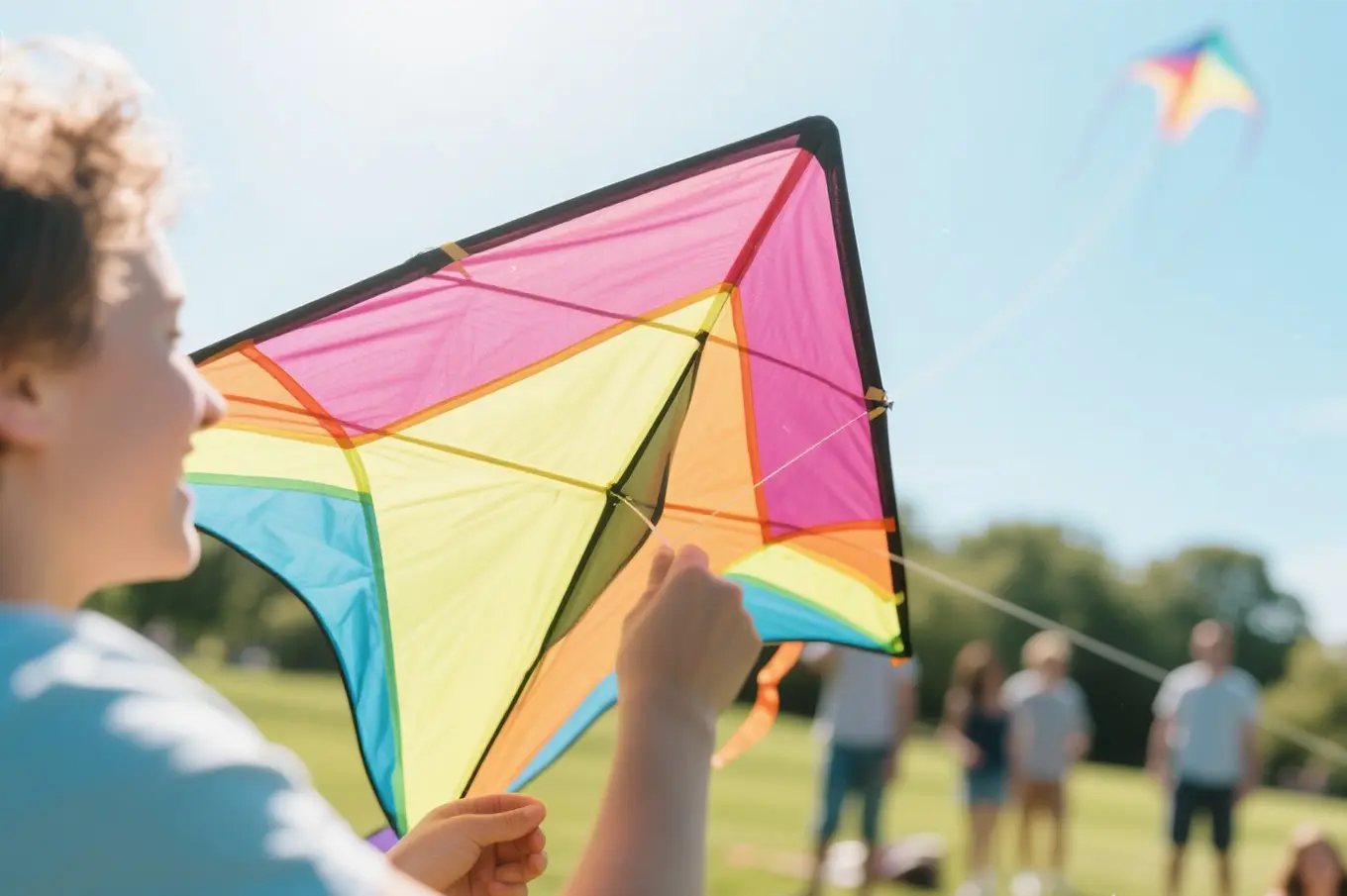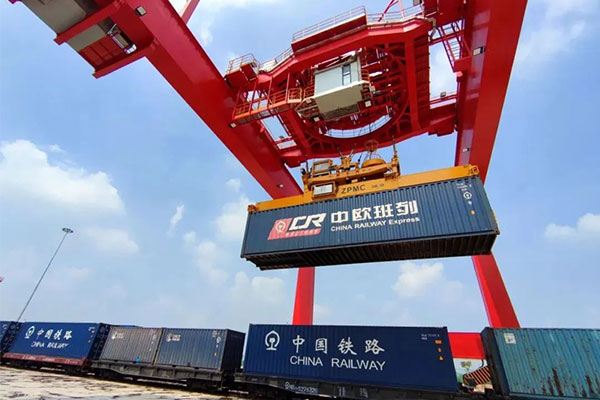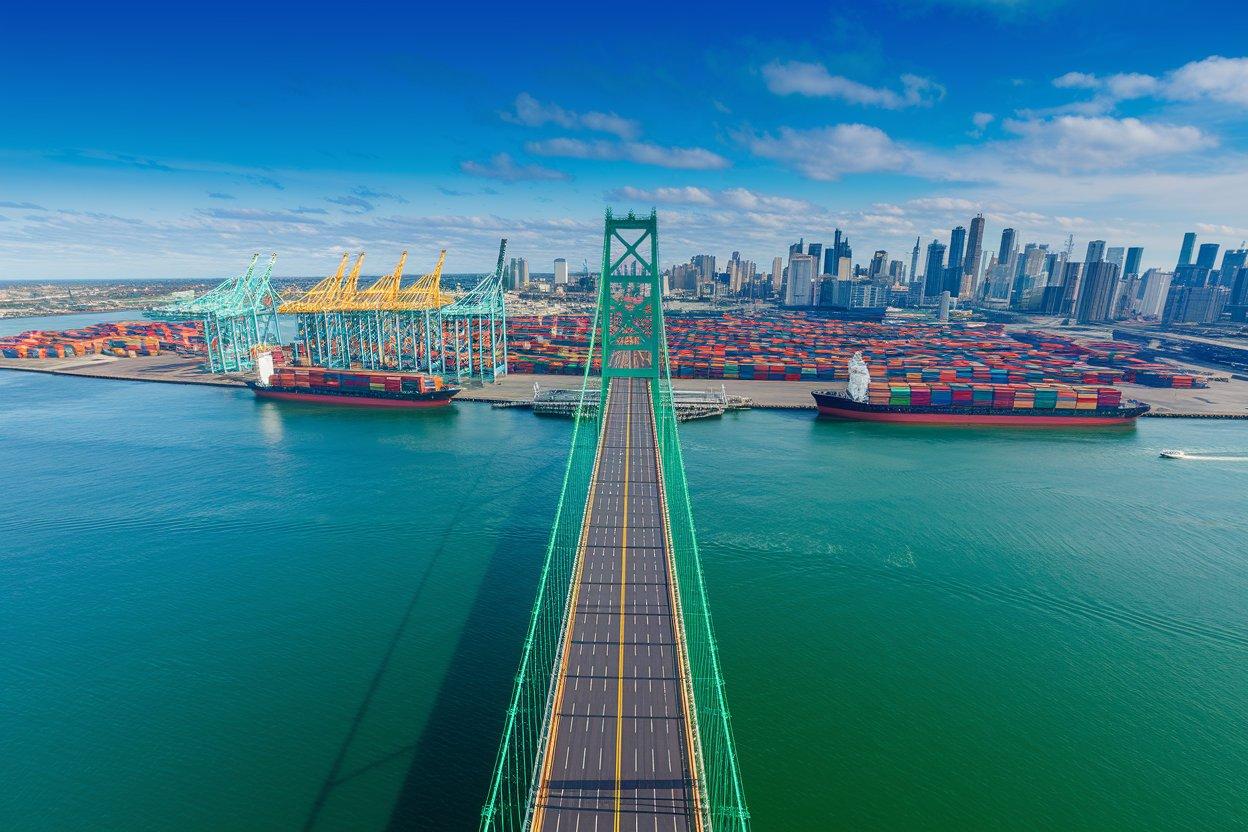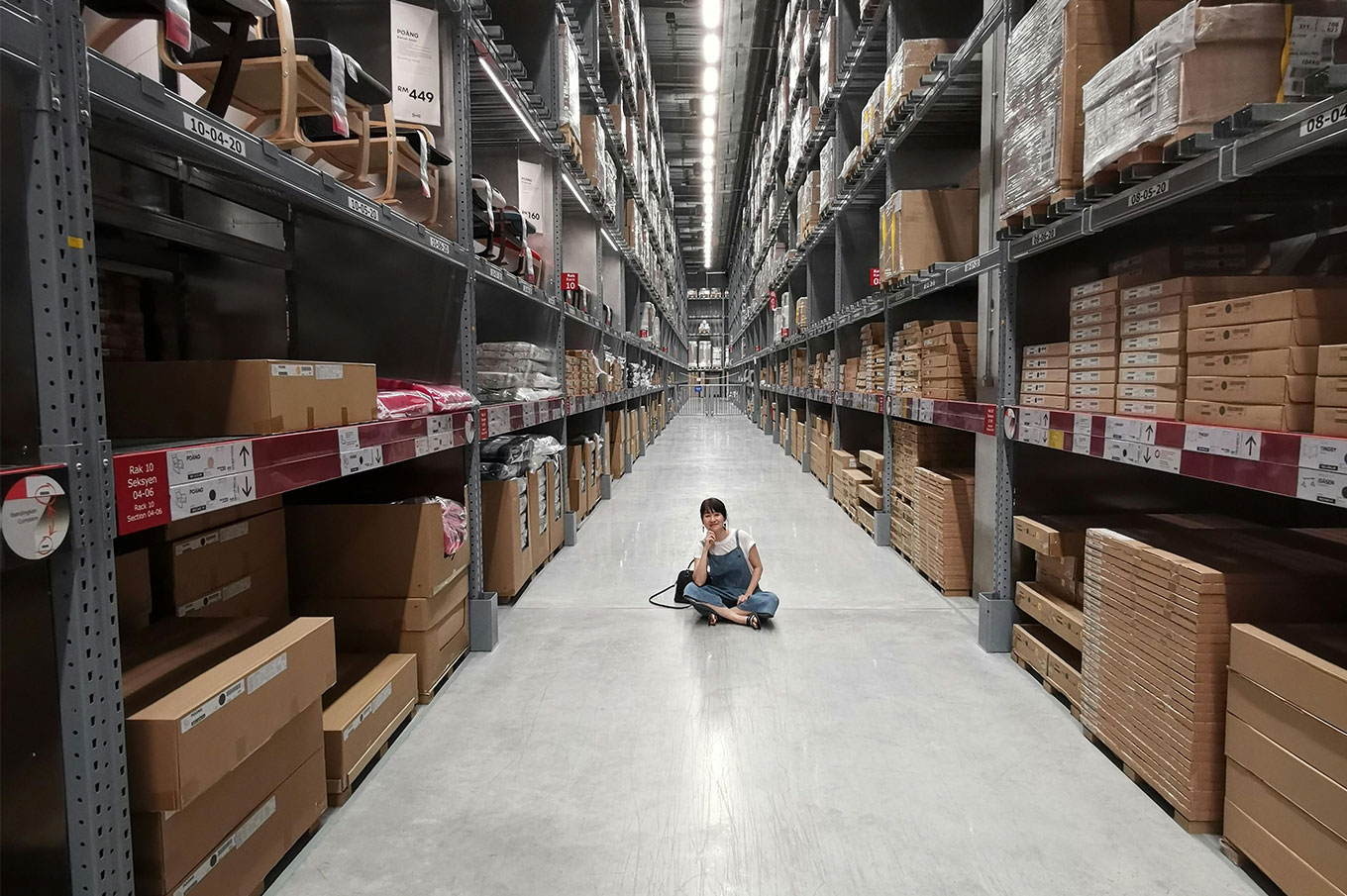- Shanghai Zhongshen International Trade Co., Ltd. - Two decades of trade agency expertise.
- Service Hotline: 139 1787 2118

Certification Requirements
- When exporting lamps to Russia, a series of certification standards must be met first. For example, lamps need to pass the GOST - R certification. GOST - R is the Russian national standard certification, which covers various requirements such as the safety and electromagnetic compatibility of lamps. For lighting products, the certification process will conduct strict inspections on the electrical safety performance of lamps, including the insulation performance and grounding protection of lamps. For example, the insulation resistance of lamps must reach a certain value to prevent the risk of electric shock to users.
– To export lighting fixtures to Russia, it is first necessary to meet a series of certification standards. For example, lighting fixtures must obtain GOST-R certification. GOST-R is the Russian national standard certification, which covers various requirements such as safety and electromagnetic compatibility for lighting products. During the certification process, the electrical safety performance of the fixtures undergoes rigorous testing, including insulation properties and grounding protection. For instance, the insulation resistance of the fixtures must meet specific values to prevent the risk of electric shock to users.
– In terms of electromagnetic compatibility, the luminaire must not cause interference to surrounding electronic devices and must also possess a certain level of anti-interference capability. This requires the use of standardized electronic components and circuit layouts during the design and manufacturing process of the luminaire.
Customs Regulations
When exporting lighting fixtures to Russia, accurate customs declaration is required. The declaration should include details such as the type of lighting fixture (e.g., LED lights, incandescent lamps, fluorescent lamps, etc.), specifications (including power, dimensions, etc.), quantity, and value. Inaccurate declaration information may result in goods being detained at customs or facing penalties such as fines.
- Russian customs will also impose corresponding tariffs based on the classification of lighting fixtures. Different types of lighting fixtures may have varying tariff rates. For example, energy-efficient LED lighting fixtures may enjoy certain tariff preferential policies to encourage the import of environmentally friendly and energy-saving products. In contrast, some traditional high-energy-consuming lighting fixtures may face relatively higher tariffs, which is also a measure by Russia to promote energy conservation and environmental protection.
II. Packaging and Labeling Requirements
Packaging Standards
- The packaging of lighting fixtures must meet the protection requirements during transportation. Since lighting fixtures are typically fragile items, the packaging materials should provide sufficient cushioning performance. Generally, materials such as foam or bubble wrap are used to encase the fixtures to prevent damage from collisions or vibrations during transit.
– The packaging must also comply with Russia's environmental requirements. For example, packaging materials should be recyclable whenever possible, excessive packaging materials should be avoided, and environmental pollution should be minimized.
Labeling Requirements
– The luminaire must have clear markings. The markings should include basic parameters such as the manufacturer's name, model number, power rating, voltage range, and luminous flux. These markings help users correctly install and operate the luminaire and are also a requirement of Russian market regulations.
- Additionally, the labeling must be in Russian or include both Russian and other languages (such as English) to facilitate identification and understanding by Russian consumers. If the labeling is unclear or lacks necessary information, the lighting fixtures may not be sold normally in the Russian market.
III. Market Demand and Competitive Factors
Characteristics of Market Demand
- The Russian market exhibits diverse demands for lighting fixtures. In urban areas, there is a growing need for high-quality, energy-efficient LED lighting. For instance, in commercial buildings, office spaces, and upscale residences, people prefer LED fixtures with high color rendering and adjustable brightness to meet various lighting requirements and create a comfortable lighting environment.
- In rural areas, although the total demand for lighting fixtures is relatively lower compared to urban areas, the development of infrastructure has led to a greater demand for more affordable and durable lighting solutions. For instance, basic incandescent bulbs or simple LED bulbs still hold a certain market share.
Competitive Situation
– The Russian lighting market is highly competitive. Lighting products from China, Europe, and other countries and regions are all vying for market share. Chinese lighting products are renowned for their high cost-performance ratio and have a broad consumer base in the Russian market. However, European lighting brands hold strong competitiveness in the high-end market, leveraging advanced technology, unique designs, and a strong brand image to capture a portion of the high-end commercial and residential lighting markets. For companies looking to export lighting products to Russia, it is essential to define their positioning clearly and develop appropriate marketing strategies based on market demand and competitive conditions.
Related Recommendations
? 2025. All Rights Reserved. Shanghai ICP No. 2023007705-2  PSB Record: Shanghai No.31011502009912
PSB Record: Shanghai No.31011502009912










